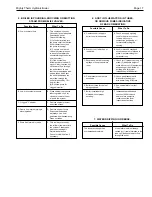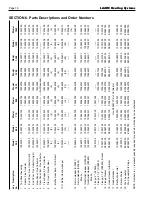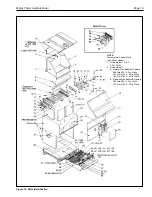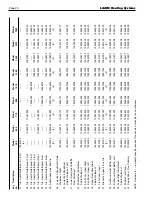
Mighty Therm Hydronic Boiler
Page 5
1E. Warning Regarding Chilled
Water Systems
When a boiler is connected to an air
conditioning system where the same water is used for
heating and cooling, chilled water must be prevented
from entering the boiler. When changing such a
system from cooling to heating, the chilled water
should be allowed to circulate through the building
(after the chiller has been turned off) for a period long
enough for the water to warm up to at least 70°F
(21°C) before the water is allowed to flow into the
boiler. It is equally important to prevent hot water
from entering the chiller. The system shown in Figure
3 is suggested to make sure that the system water is
neither too hot nor too cold when a changeover from
heating to cooling, or vice versa, takes place. When a
boiler is connected to heating coils located in air
handling units (where they may be exposed to
refrigerated air circulation), the boiler piping system
shall be equipped with a flow control valve or other
automatic means to prevent gravity circulation of
chilled water through the boiler. Chilled water in the
boiler will create condensation on the boiler tubes
which will drip on the burners and may extinguish the
pilot.
Boilers installed in violation of either of the
above requirements may void the warranty.
1F. Freeze Protection
Boiler installations are not recommended in
areas where the danger of freezing exists unless
proper precautions are taken for freeze protection. The
preferred method of freeze protection is by
maintaining a mixture of no more than 50% properly
inhibited HVAC glycol. This mixture will protect the
boiler to temperatures of about -35°F (-37°C). To get
the desired temperature rise across the boiler when
this mixture is used, increase the water flow by 15%
above the original recommendation. Increase the head
loss requirement by 20%.
Figure 3. Boiler-Chiller Installation.
Figure 2. Typical Schematic for a Primary-Secondary System.
Suggested Wiring Diagram For Tempering System Water
at Change-over From Heating to Cooling.






































